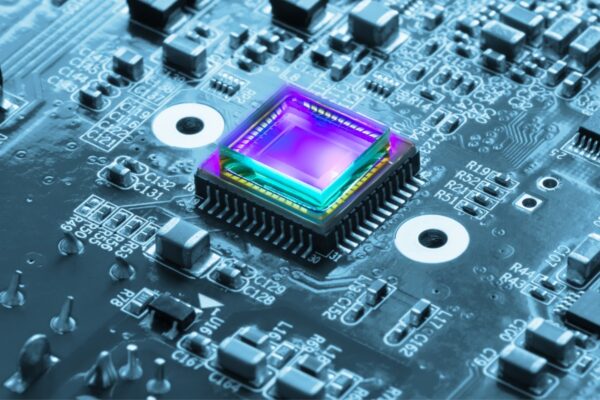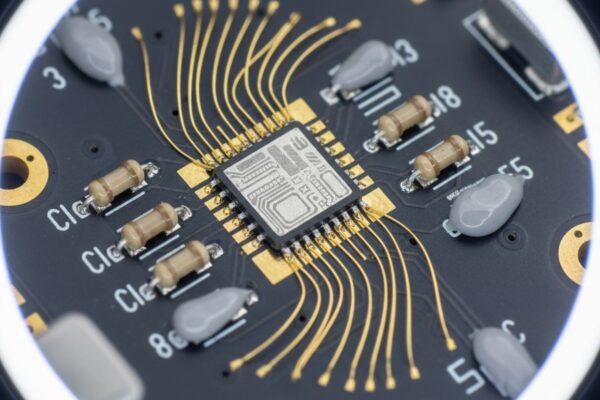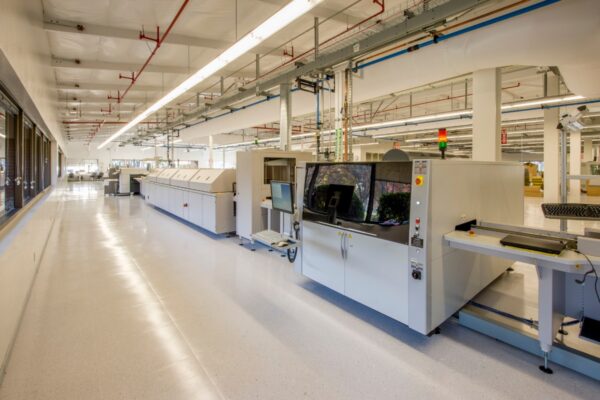What is Corner Mark
Corner mark is a type of fiducial mark that is placed on the corner of an IC on a PCB. Fiducial marks are used as reference points for Pick and Place (PnP) machines during the assembly process. The corner mark consists of two main components: the mark itself and the clearance. The mark is a circular shape made of bare copper, typically plated with nickel or tin, and coated with an inoxidizable material that is transparent. It is usually around 1mm in diameter. The clearance, on the other hand, is the outer boundary surrounding the mark and serves as the solder mask opening. This allows the fiducial mark to be visible to the assembly machines.
Having corner marks on the corners of ICs, especially for components like Ball Grid Array (BGA), Quad Flat No-Lead (QFN), and Quad Flat Package (QFP), helps ensure accurate placement and alignment during assembly. It provides a visual reference point for the machines to accurately position the components on the PCB.
In addition to corner marks, fiducial marks may also be placed in other strategic locations on the PCB, such as in the panel and beside parts with small pitches. These additional fiducial marks aid in achieving optimal accuracy for components that require higher precision.





